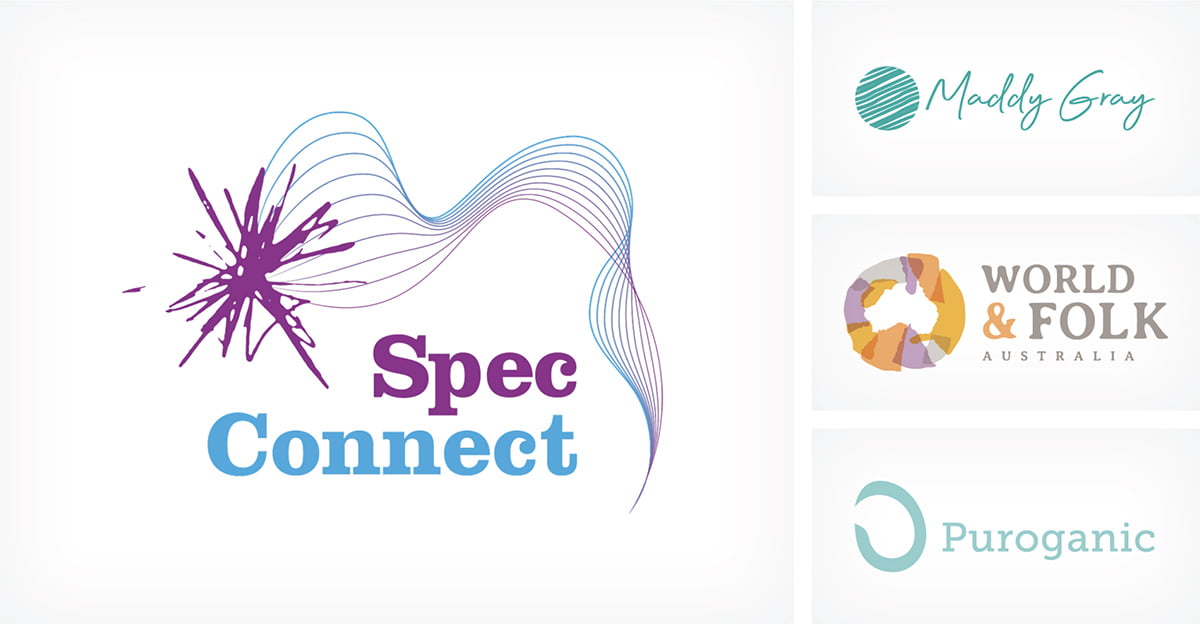

For thousands of years humans have felt the need to communicate and express themselves. Pictures and symbols were the tools used to express sometimes complex concepts and ideas. Whether through complex Egyptian hieroglyphics or primitive hunting scenes etched into a cave wall, symbols have always been used as a powerful means of communication.
Fast forward to today and symbols are as relevant and powerful as they were a thousand years ago. Symbols through their colour, shape and context can communicate an idea in an instant and can evoke a powerful emotional response. This is very evident in contemporary logo design, where symbolism is used to communicate a business or a company’s positioning and unique value. But is there a difference between logo design and a symbol? The main difference is that a logo will include a word combined with an image or in graphic design speak an icon whilst a symbol is very often just an image or picture. A logo can consist of just a word mark or logo type whereas a picture or symbol on its own is never a complete logo.
John Brownlee from Fast Company sums this up succinctly in the following statement:
“Although most people call any emblem that has been designed to visually represent a brand a logo, “logo” is usually taken to be short for “logotype,” which literally means “word imprint” in Greek. This is why we sometimes call logotypes “wordmarks.” According to this line of thinking, the only true logos are the ones that contain nothing but stylised letters, representing the literal name of a company. In its curlicue cursive, the distinctive Coca-Cola emblem is a logo. So is Paul Rand’s Venetian Blind IBM wordmark . Other logos include CNN, Sony, Samsung, Ray-Ban, Dell, NASA, Fed-Ex, and even Fast Company. Basically, if you see something in a company’s emblem that can’t be read, it’s not strictly a logo. Or, at least, a logotype”.


So why would symbols be used in a logo design, why not just use a logotype? Whereas a symbol is a whole and complete image, words are made up of fragmented letterforms that must be read and understood in the language it has been written. This means a symbol is processed instantly and intuitively while a word must be read and understood, associations need to be drawn from that word or statement. The way and speed in which we process these two concepts is very different. This is what makes an icon logo so powerful, it’s the combination of both icon and type that packs a powerful punch. It’s the immediacy of the icon symbol combined with the power of word association that makes a icon logo so relevant, powerful and meaningful.
Metaphors and universal symbols often employed by graphic designers to create the instant recognition of a concept (sometimes in a very emotive and subconscious way) and allows the strategy behind the brand to be both widely accessible and memorable. Often the viewer perceives the meaning of the symbol without the need to think or anaylze, it’s a more sensory, emotive perception. Whereas a wordmark logo needs the viewer to read and then translate the language and meaning of the words used, a symbol combined with a wordmark cuts straight to an intuitive interpretation. This is casting the largest possible net with communicating within the demographic that the logo is targeting. An archetypal or universal symbol allows for the broadest communication reach, which in the end is one of the primary goals with logo design. That’s not to say a logotype alone isn’t effective (Coca Cola being the obvious example) but an icon definitely can provide additional meaning.
There are many factors in creating a powerful logo; is it scalable, does it work in black and white, can it be translated across multiple platforms, does it have impact and cut through, but most importantly is it memorable and meaningful? Symbolism and metaphor is a rocket ship to making a meaningful connection with an audience and using an icon combined with a logotype is one of the most effective ways of achieving this. What better way to sum up this blog with a quote from the pioneer in psychology, biology, politics, logic, chemistry, and botany, Aristotle?
“The soul never thinks without an image.”
– Aristotle
